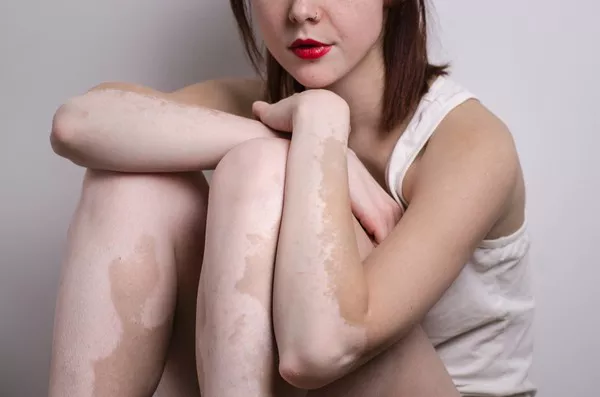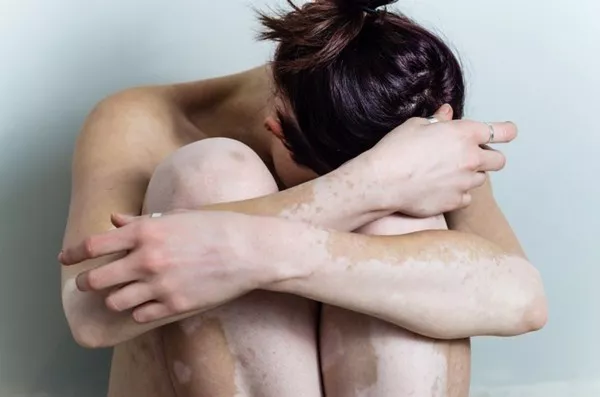Benoquin is a topical medication primarily used to treat skin conditions, particularly in individuals with vitiligo. Understanding Benoquin, its uses, side effects, and other important details can help patients make informed decisions about their skin health.
Overview of Benoquin
Benoquin, also known as monobenzone, is a skin-lightening agent. It works by reducing melanin production in the skin. Melanin is the pigment responsible for the color of our skin, hair, and eyes. In people with vitiligo, melanin is lost in patches, leading to lighter areas on the skin. Benoquin helps to achieve a more uniform skin tone by lightening the remaining pigmented areas.
How Benoquin Works
Benoquin is a depigmenting agent. When applied to the skin, it penetrates the epidermis and inhibits the enzyme tyrosinase. Tyrosinase is crucial for melanin production. By inhibiting this enzyme, Benoquin effectively reduces melanin synthesis, resulting in lighter skin.
Indications for Use
Benoquin is primarily indicated for:
Vitiligo: It is often prescribed for patients with vitiligo to help depigment the remaining pigmented areas, thus achieving a more uniform skin color.
Other Skin Disorders: It may also be used in certain cases of hyperpigmentation, such as melasma or post-inflammatory hyperpigmentation, though this is less common.
How to Use Benoquin
Using Benoquin correctly is crucial for its effectiveness. Here are some guidelines for application:
1. Consultation with a Healthcare Provider
Before using Benoquin, consult a dermatologist. They will assess your skin condition and determine if Benoquin is suitable for you.
2. Application Process
Clean the Area: Wash the affected skin area gently with soap and water. Pat it dry.
Apply a Thin Layer: Using clean fingers or a cotton swab, apply a thin layer of Benoquin to the affected areas. Avoid thick applications.
Frequency: Follow your doctor’s recommendations. Usually, it is applied twice daily.
Wash Hands After Use: Always wash your hands after applying Benoquin to avoid unintentional exposure to other areas of the body.
3. Avoiding Side Effects
Sun Exposure: Limit sun exposure on treated areas, as Benoquin can increase sensitivity to sunlight. Use sunscreen with high SPF to protect the skin.
Moisturizing: Keep the skin moisturized to prevent dryness and irritation.
Side Effects of Benoquin
While Benoquin is generally well-tolerated, some users may experience side effects. Common side effects include:
Skin Irritation: Redness, burning, or stinging sensations may occur at the application site.
Dryness: The skin may become dry or flaky.
Hypopigmentation: Overuse or improper use can lead to excessive lightening of the skin.
Serious Side Effects
Although rare, serious side effects can include:
Allergic Reactions: Symptoms such as swelling, severe dizziness, or difficulty breathing require immediate medical attention.
Severe Skin Reactions: If you notice blistering, peeling, or other severe skin reactions, stop using the product and consult a doctor.
Precautions
1. Medical History
Inform your doctor of your medical history, particularly if you have:
- Allergies to medications.
- Skin conditions or sensitivities.
- A history of skin cancer.
2. Pregnancy and Breastfeeding
Consult your healthcare provider if you are pregnant, planning to become pregnant, or breastfeeding. The safety of Benoquin during pregnancy or breastfeeding has not been thoroughly studied.
3. Drug Interactions
Benoquin may interact with other medications. Always disclose any other treatments or medications you are using to your healthcare provider.
Benefits of Using Benoquin
Benoquin can provide several benefits for individuals with vitiligo:
Improved Appearance: By evening out skin tone, Benoquin can enhance self-esteem and confidence.
Effective Treatment: Many patients find Benoquin effective in managing their skin condition.
Easy to Use: As a topical treatment, it is simple to apply and integrate into daily skincare routines.
Limitations of Benoquin
While Benoquin has benefits, it also has limitations:
Not for Everyone: It is not suitable for everyone, and results can vary significantly between individuals.
Long-term Use Required: Achieving desired results often requires consistent use over months.
Skin Sensitivity: Users may experience increased sensitivity to sunlight and potential skin irritation.
Alternatives to Benoquin
If Benoquin is not suitable for you or if you experience side effects, there are alternative treatments for vitiligo and hyperpigmentation:
1. Topical Corticosteroids
These medications can help reduce inflammation and stimulate repigmentation in some patients with vitiligo.
2. Phototherapy
This treatment involves exposing the skin to ultraviolet (UV) light, promoting repigmentation. It may be used alone or in combination with other treatments.
3. Skin Camouflage Products
These are cosmetic products designed to cover discolored areas, providing a more uniform appearance.
4. Laser Therapy
Certain laser treatments can help reduce hyperpigmented areas or promote skin repigmentation.
Living with Vitiligo
For many individuals with vitiligo, using Benoquin is just one part of managing their condition. Here are some tips for living with vitiligo:
Support Groups: Joining a support group can provide emotional support and shared experiences.
Educating Yourself: Learn about vitiligo and treatments available. Knowledge can empower you in managing your skin health.
Positive Self-Image: Focus on self-acceptance and positive body image. Embrace your uniqueness.
Conclusion
Benoquin is a valuable treatment for individuals dealing with vitiligo and certain hyperpigmentation conditions. By understanding how to use it, recognizing potential side effects, and knowing the alternatives, patients can make informed choices about their skin health. Always consult a healthcare provider for personalized advice and treatment options tailored to your specific needs. With the right approach, managing vitiligo and achieving a more even skin tone is possible, helping individuals feel more confident and comfortable in their skin.
Related topics:


























